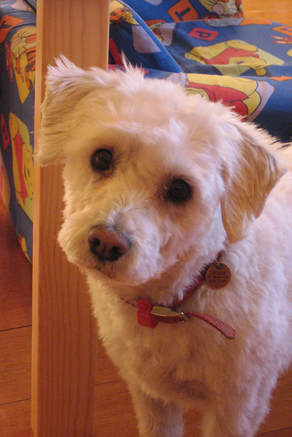
I was annoyed with Jessie. She had already refused to come when I called her at the beach, and now that we were back in the holiday house, she was hiding behind the couch and refused to come out. "She's so stubborn today" I thought angrily. I managed to get my hand on her collar and dragged her out from behind the couch, reprimanding her for being so obstinate.
She seemed unusually subdued though, so I offered her some food which she refused - very unusual for her. She tried to crawl back behind the couch. I started to get worried something was wrong. Maybe she had eaten something poisonous at the beach?
It was difficult finding a vet that was open at this holiday location. By the time I put Jessie in the car she couldn't walk anymore.
"This is bad." the vet said. Her gums were nearly white. She was losing blood internally.
She was dying.
She had been dying when she didn't come when I called her.
She had been dying when she refused to come out from behind the couch.
Yet I had assumed she was "stubborn", a "bad dog", when she hadn't done as told. This was the underlying assumption I had been taught when I took her to dog school: If the dog doesn't listen, they are "stubborn", "trying to be boss", etc. You just had to be tougher, be more dominant, and they would start to behave.
Jessie died only a few hours later. A post mortem revealed a ruptured spleen tumour. She was just 7 years old.
Labelling a dog stubborn is rarely as drastically and unforgivably wrong as it was in Jessie's case. Yet, always wrong it is.
Usually, a dog is called "stubborn" if they refuse to do something the handler is convinced the dog "knows". This would mean that somehow the dog finds "getting his own way" more motivating, in and of itself, than doing the handler's bidding (which neatly ties in with "dominance theory").
This absolves the handler of any responsibility to check for any physical, emotional or training related reasons for the failure to do as asked.
Whilst Jessie's case was particularly drastic, consider these other examples of "stubbornness":
- A highly trained dog suddenly refused to retrieve a dumbbell. Attempts to retrain the "retrieve" from scratch failed. It turned out the dog had a lose tooth and was in pain when picking up the dumbbell.
- My own Whippet Kiara, who loves being inside (and whose Recall is superb), suddenly refused to come back inside after being let out to toilet. It was raining and cold, and she was shivering, yet she wouldn't budge. It turned out that a new printer I had recently installed caused her extreme distress when turned on.
- A client's Golden Retriever was very slow to execute a Sit. It turned out she had Elbow Dysplasia and needed an operation to make her comfortable.
- Giro, my Collie, would sometimes start pulling hard on the leash, despite being trained to walk on a loose leash. This was early on in my training journey, when I was "crossing over" from dominance based training to positive training, and so I still got mad at him (just like with Jessie). It turned out that Giro had developed a phobia of train noises, particularly the horn tooting. He was terrified, and just wanted was to get away as fast as possible.
Then of course there is also (and most commonly) "stubbornness" arising from problems with the training process.
Eileen Anderson has put together an excellent article including videos shedding light on this issue here: eileenanddogs.com/2012/07/24/missed-cue/
So, next time you are perplexed why your dog isn't doing something you asked, become a detective rather than being angry with your dog. Whatever they do makes perfect sense, whether we like it or not.
RIP Jessie. I wish I could right all the things I did wrong by you.

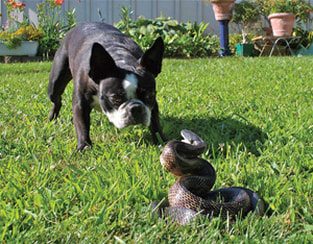
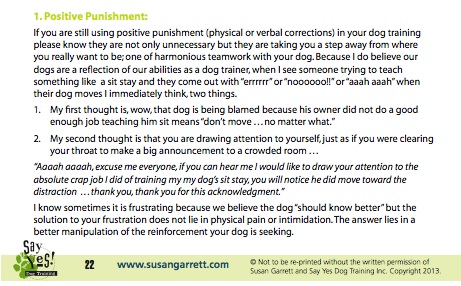
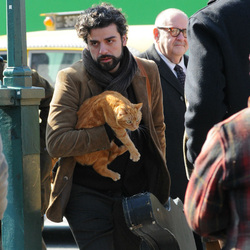
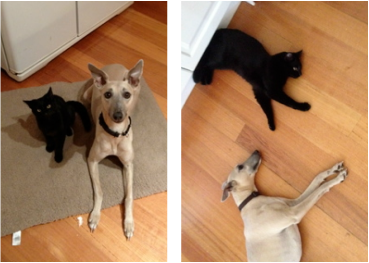
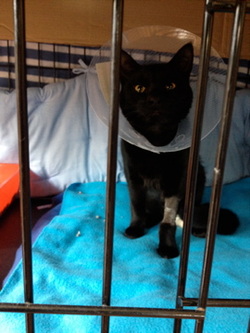
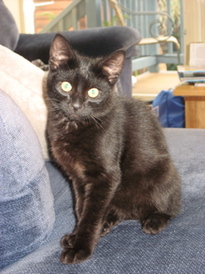
 RSS Feed
RSS Feed